 |  |  |
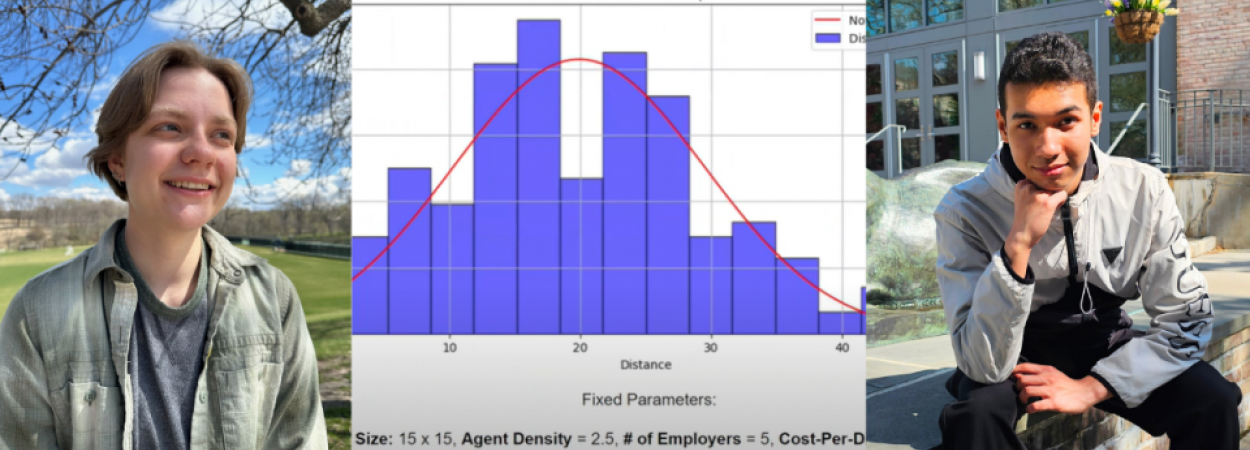
Last month at Portland State University (PSU), two students showcased their work on transportation topics in a Summer Research Symposium held by the Virtual Alternative Research Experience for Undergraduates (altREU) Site on Computational Modeling. The altREU program, led by PSU Engineering & Computer Science professor Christof Teuscher, is funded by the National Science Foundation (NSF) and offers undergraduates experience in designing, programming, and using computers to benefit society.
While students in the altREU program worked on subjects ranging from crime analysis to predicting stock market trends, two participants chose to focus their efforts on multimodal transportation. Linden Faye and Allie Hopper dedicated their time in the ten-week program to autonomous vehicles (AVs) and nonmotorized data, respectively. Learn more about their projects below, and join us in congratulating these two students on their e…
Read More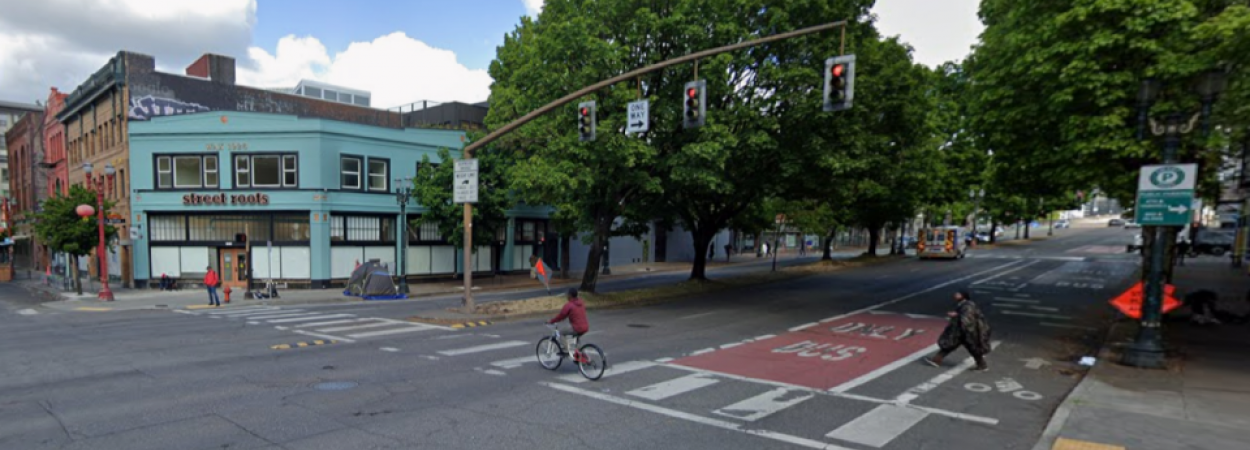
As plans move forward for an earthquake-ready replacement of Portland's Burnside Bridge, several Portland neighborhood associations and the Better Block PSU program are taking the opportunity to reimagine a segment of West Burnside street.
With bridge closure and construction anticipated to begin as early as 2026 and last for several years, the temporary period of reduced traffic on Burnside will offer a unique chance for the neighborhood to test out some designs and placemaking strategies aimed at making the area more people-friendly.
"Currently, West Burnside street acts as a barrier separating the northwest and southwest portions of the Central City from each other, and discouraging movement between them," said Xavier Stickler, chair of the Downtown Neighborhood Association's Land Use and Transportation Committee. He, along with Sean Sweat of the Pearl District Neighborhood Association and Mary…
Read More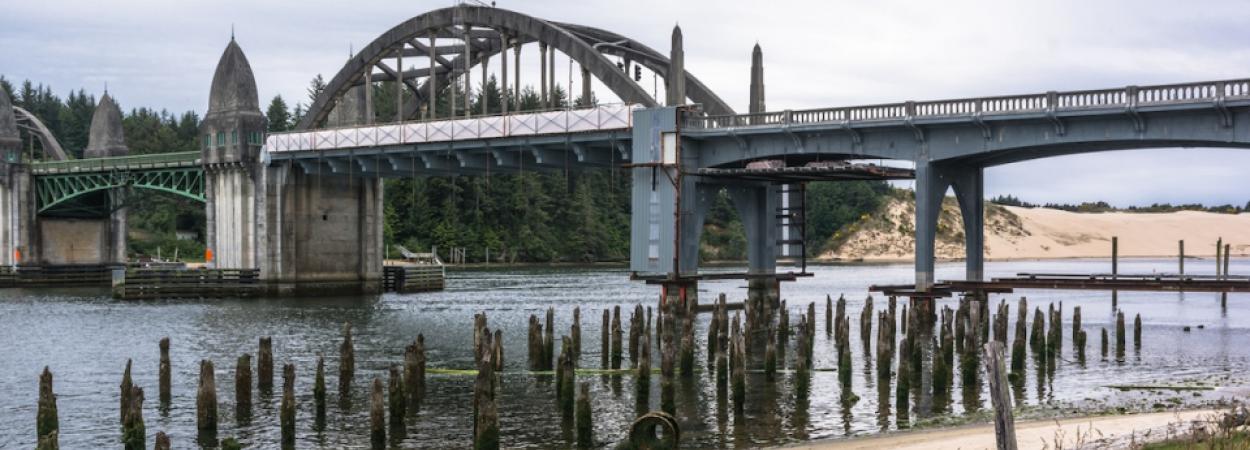
Transportation networks are a vital lifeline essential to the functionality of modern society. A newly published research report offers a new methodology for assessing transportation network vulnerability and resilience, with a particular focus on incorporating social vulnerability into the analysis.
Why? Vulnerable populations—such as people with low income, minorities, or seniors—could suffer higher levels of adverse impacts from disruptions. Road closures and other transportation network interruptions due to earthquakes, floods or other disasters may disproportionately affect these groups of people.
The research project, "Integrate Socioeconomic Vulnerability for Resilient Transportation Infrastructure Planning," by Liming Wang, John MacArthur, and Yu Xiao of Portland State University (PSU), addresses a critical gap by integrating socioeconomic vulnerability indicators into the evaluatio…
Read More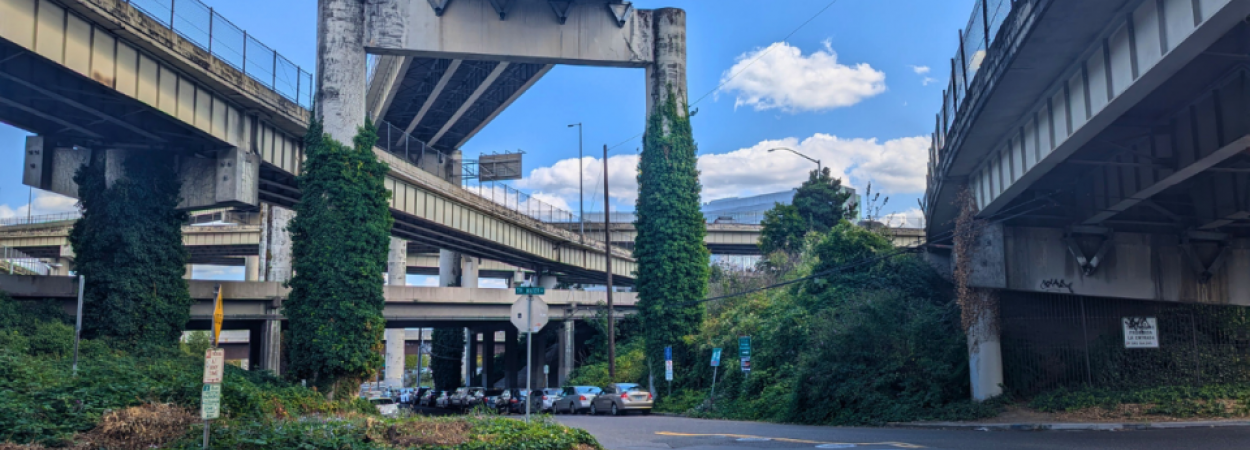
Not far from Portland State University, down a little road tucked under three highway overpasses, sits the International School of Portland (ISP)—a leafy four-acre campus serving nearly 400 students from preschool to fifth grade. Despite its proximity to popular pedestrian areas, including the Downtown Waterfront, the International School of Portland is nestled amongst a few private blocks and can be difficult to access by foot or by bike. Naturally, most students arrive by car, which creates the familiar traffic jam at pickup and dropoff times.
To provide more transportation options and give the students more access to the school's surrounding neighborhood, Portland State University students are working to improve walking and biking access to the campus. Championed by ISP’s volunteer Green Team, Facilities Manager Steven Borcherding, and Head of School Bodo Heiliger, the project is now about one-third of the way through the…
Read More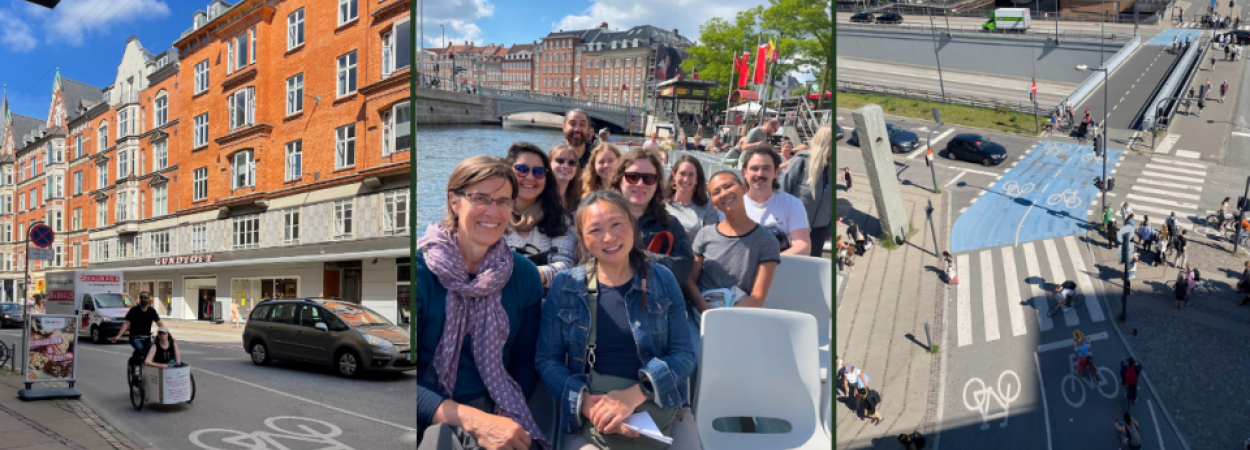
Since 2011, Portland State University and the Initiative for Bicycle and Pedestrian Innovation have offered a unique opportunity to students: a two-week study abroad course that introduces participants to cities with stellar bike cultures. In past years, classes have explored the Netherlands, Sweden, and Denmark. This year’s class of eight students, led by Hau Hagedorn and Drusilla van Hengel, spent two weeks this summer traversing Denmark by public transportation, foot, and (of course) bike. Check out some photos from the trip.
Students came from all over the country—from Portland to Connecticut—to attend the course. What they all had in common was a desire to learn from a city that is renowned to have some of the best bike infrastructure in the world. The students wanted to bring their newfound knowledge back to their respective towns to make the world a safer,…
Read More